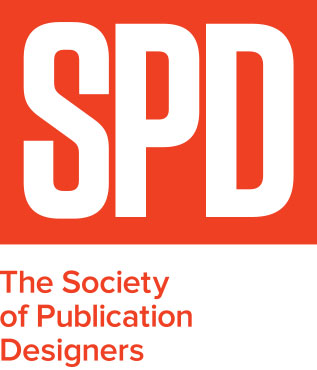A Weed Grows in Portland
/Anja Charbonneau would be the first to admit she didn’t have a strategy in mind when she launched her dreamy celebration of all things marijuana, Broccoli magazine, back in 2016. Having worked as a freelance photographer and writer, and then as Creative Director of lifestyle favorite Kinfolk, she started Broccoli with the simple idea to explore Portland’s then burgeoning cannabis scene and its culture.
Fast forward to today: Anja Charbonneau oversees a publishing conglomerate that produces a number of magazines, books, and something called “oracle cards”—while also spearheading an advocacy group, and a whole lot more.
If anything has changed, ironically, it’s that the last edition of Broccoli was the last edition of Broccoli. Yes, there are new magazines on the way, and new books, and new ideas to explore, because Anja Charbonneau does not sit still, even while sitting atop her nascent empire.
From cats to mushrooms to artful snails to all things celestial, Broccoli publishes stuff that tastes great and that’s good for you and your soul.




